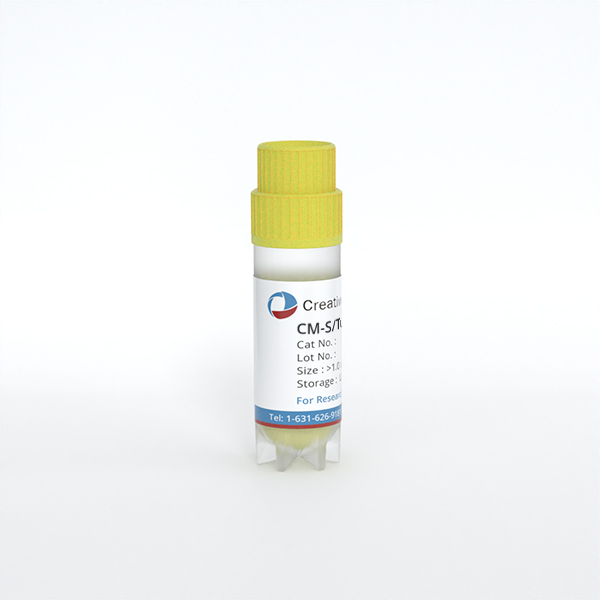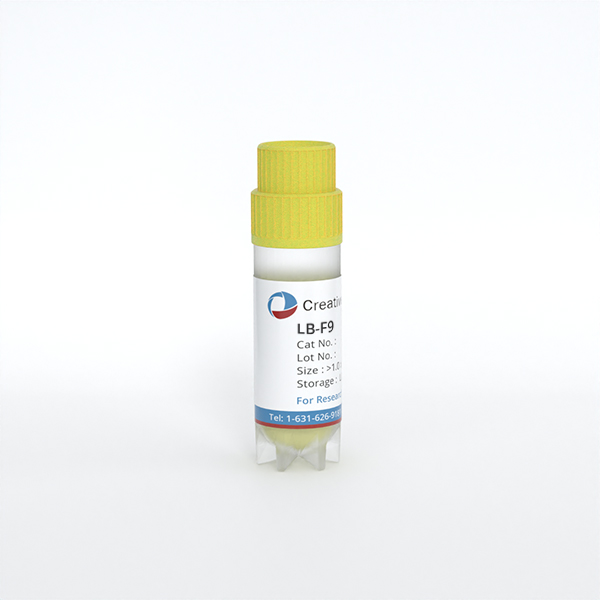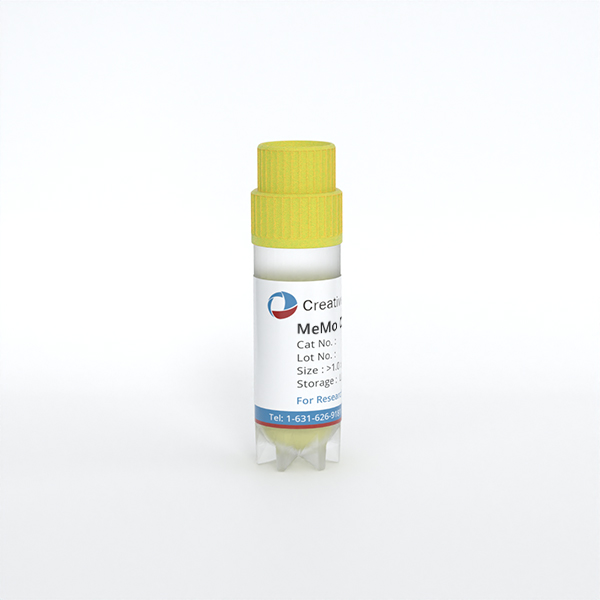Featured Products
Our Promise to You
Guaranteed product quality, expert customer support

ONLINE INQUIRY
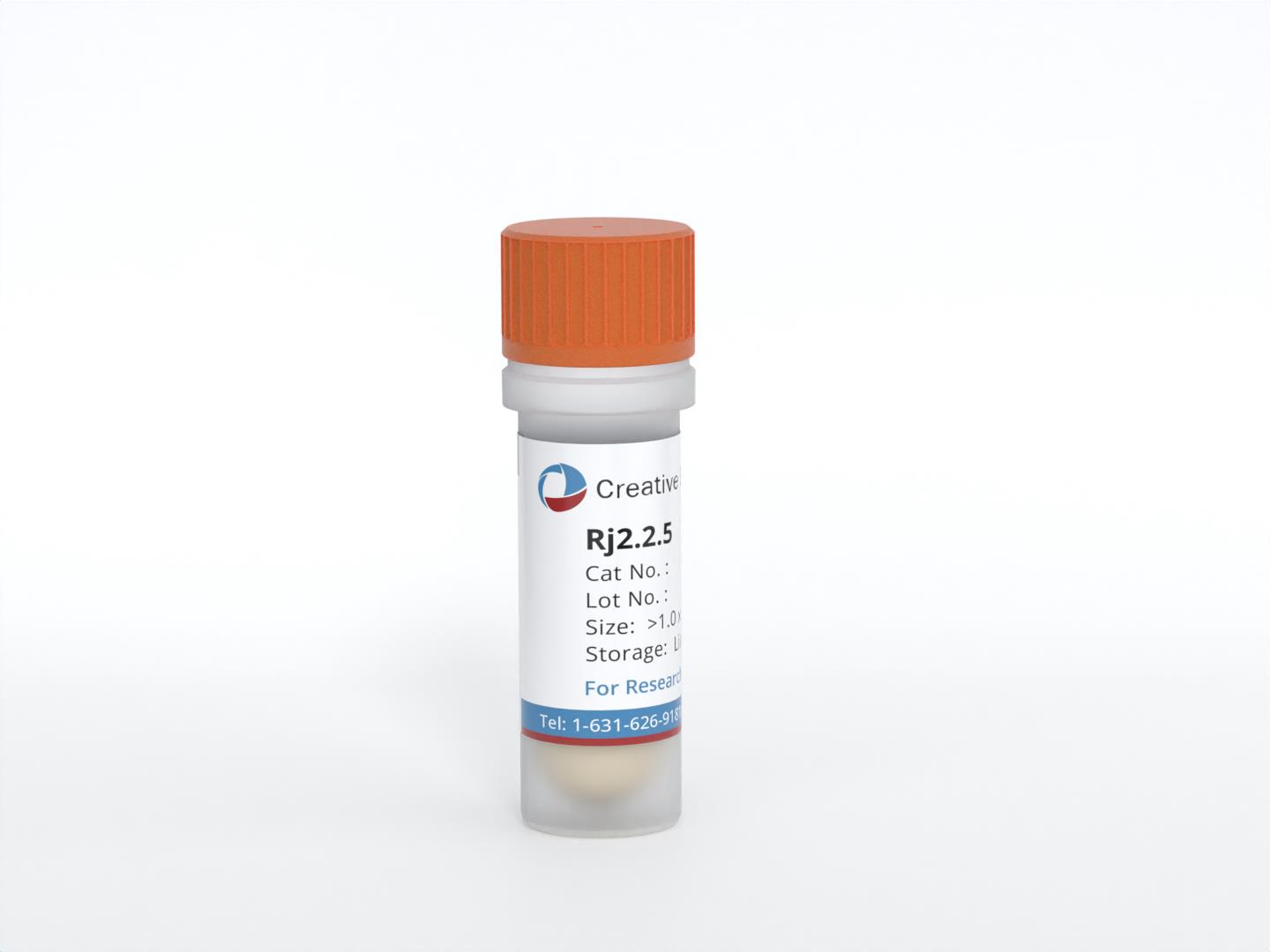
Rj2.2.5
Cat.No.: CSC-6308W
Species: Human
Source: lymphoma, Burkitt
Morphology: continuous culture, grown in suspension, morphology lymphoblast-like
Culture Properties: suspension
- Specification
- Background
- Scientific Data
- Q & A
- Customer Review
- Documents
Tumor: lymphoma, Burkitt;
Derived from: Raji cell line
Rj2.2.5 cells, also known as Raji 2.2.5 cells, are a type of cell line commonly used in scientific research. These cells are derived from the Raji cell line, which itself was established from the lymph node biopsy of an 11-year-old black male with Burkitt lymphoma, a type of cancer that affects white blood cells called B lymphocytes.
Rj2.2.5 cells possess several features that make them valuable for scientific investigations. They exhibit B-cell characteristics and are capable of producing immunoglobulins, which are antibodies involved in immune responses. These cells have been extensively used in studies related to B-cell lymphomas, immunology, virology, and cancer research.
Researchers commonly employ Rj2.2.5 cells to investigate various aspects of B-cell biology, such as the mechanisms underlying lymphoma development and progression, the immune response to infections, and the interactions between cancer cells and the immune system. Additionally, these cells are frequently used as a model system to evaluate the efficacy and safety of potential therapeutic agents, including anticancer drugs and immunotherapies.
Modulation of Gene Expression by CIITA in Rj2.2.5 Cells
The class II transactivator (CIITA) is a master regulator of MHC class II expression. To determine whether CIITA regulates genes other than the MHC class II and I family, DNA microarray analysis was used to compare the expression profiles of the CIITA-expressing B cell line Raji and its CIITA-negative counterpart Rj2.2.5. On average, 45% and 43.5% of the genes in the chip were present in Raji and Rj2.2.5 cells, respectively, indicating no gross difference between the cell lines.
Genes found to be expressed at higher levels in Raji vs Rj2.2.5 cells were classified by function (Table 1). The HLA class II genes HLA-DRB, -DPA, -DPB, -DQB, -DMA, -DMB, and -DOA were found to be expressed at high levels in Raji and absent or low (background hybridization) in Rj2.2.5 cells. Table 1 displays the list of 48 genes up-regulated in Raji cells over Rj2.2.5 cells. Based on their actual or predicted function, the genes were grouped into sets of kinases/phosphatases, transcription factors, cell cycle- and cell structure-related factors, nuclear import proteins, RNA processing components, enzymes, receptors, cell signaling molecules, and chromatin remodelers.
Sixteen genes were found to be decreased in their expression levels in Raji vs Rj2.2.5 cells, suggesting that these genes are down-modulated in the presence of CIITA (Table 2). Those genes displaying the greatest decrease in expression levels in the Raji vs Rj2.2.5 comparison were protein tyrosine phosphatase (PTPRR), glycoprotein M6A (GPM6A), and kallikrein (KLK1).
Table 1. Genes up-regulated in Raji vs Rj2.2.5. (Nagarajan UM, et al., 2002)
| Functions | Gene names |
| MHC genes | HLA-DQB, HLA-DRB-1, HLA-DMA, HLA-DPB, HLA-DOA, HLA-DRA, HSP70-2, HLA-DMB, HKE4, HLA-DPA, HLA-DOB, TAP1 |
| Kinases and phosphatases | KIAA0807, Pyridoxal kinase, STM-7 kinase, Protein tyrosine kinase 2, Adenylate kinase 2A and 2B, Tyr phosphatase type IVA2 |
| Transcription factors | ISGF-3, Ets2, DEC-1 T-factor |
| Cell cycle and cell structure-related | Engulfment and cell motility 1, β tubulin, KIAA0359, Tumor protein D52-like 2, CDC20 yeast homolog |
| Nuclear import, RNA processing/binding | Importin α7 subunit, SNARE protein, U5 snRNP-specific protein, Pumilio drosophila homolog |
| Enzymes | Prolyl 4-hydroxylase a II subunit, Fucosyltransferase 8, Itchy mouse homolog, Lysosomal protease, Mitochondrial, 3-oxoacyl-CoA thiolase, Tyrosyl-tRNA synthetase, CTP synthase, Adenosine deaminase |
| Receptor/cell-signaling | Member RAS oncogene family, EBV-induced G-protein receptor, Active BCR-related gene, GABA receptor 5, SH3-binding protein, Glutamate receptor subunit, TGF βR interacting protein |
| Chromatin remodelers | Retinoblastoma-binding protein 4, Histone deacetylase 1 |
Table 2. Genes down-regulated in Raji vs Rj2.2.5. (Nagarajan UM, et al., 2002)
| Functions | Gene names |
| Kinases and phosphatases | Tyr. phosphatase, receptor type, Ephrin receptor |
| Receptor and proteases | Kallikrein 1, Inositol 1,4,5-triphos receptor |
| Ig related | SNC73 protein (SNC73), wc37g12.x1, Igα2 H-chain allotype 2, Similar to Ig-related 14.1, Similar to Ig α2 constant region |
| Others | Clone CR7-5 sim to human NK4, Glycoprotein M6a, Cytochrome P450 IIA4 protein, CBP-like 2, Bullous pemphigoid Ag, Palladin, KIAA0977 |
Expression of HLA-DOB Induced by CIITA in B Cells
HLA-DO, encoded by the HLA-DOA and HLA-DOB genes, has been shown to function as a modulator of Ag presentation. DNA microarray comparisons between B cells wild-type and mutant for the master regulator of MHC class II transcription, CIITA, identified HLA-DOA and HLA-DOB as being up-regulated by CIITA.
The stained cells were analyzed by flow cytometry. In comparison to Raji cells, Rj2.2.5 showed deficient levels of HLA-DOβ (Fig. 1). SJO cells also displayed deficient levels of both HLA-DM and HLA-DOβ (Fig. 1). These data suggest that both CIITA and RFX are required for the expression of the heterodimer HLA-DO.
A 317-bp fragment spanning the WXY box of the HLA-DOB promoter was cloned upstream of a luciferase reporter gene, and the resulting construct was termed pGL3-DOB. pGL3-DOB was transiently transfected into both Raji and Rj2.2.5 cells, and the expression of the reporter assayed. The relative activity of the reporter was 12-fold decreased in Rj2.2.5 in comparison to Raji (Fig. 2). Immunoprecipitation of CIITA- and RFX5-containing chromatin using formaldehyde-fixed Raji cell lysates, followed by PCR, revealed specific bands for the HLA-DOB promoter for both Abs (Fig. 3). Thus, both RFX5 and CIITA can be found at the HLA-DOB promoter in vivo and demonstrate that CIITA can or does play a role in the regulation of the HLA-DOB gene.
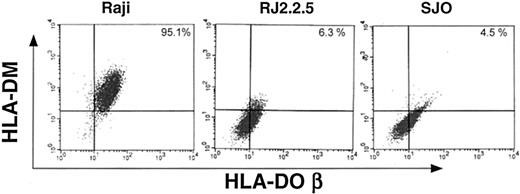 Fig. 1 HLA-DOβ protein is not expressed in CIITA- and RFX5-deficient cell lines (Rj2.2.5 and SJO). (Nagarajan UM, et al., 2002)
Fig. 1 HLA-DOβ protein is not expressed in CIITA- and RFX5-deficient cell lines (Rj2.2.5 and SJO). (Nagarajan UM, et al., 2002)
 Fig. 2 Raji and Rj2.2.5 cells were co-transfected with either HLA-DRA promoter or HLA-DOB promoter-driven luciferase reporters. (Nagarajan UM, et al., 2002)
Fig. 2 Raji and Rj2.2.5 cells were co-transfected with either HLA-DRA promoter or HLA-DOB promoter-driven luciferase reporters. (Nagarajan UM, et al., 2002)
 Fig. 3 CIITA binds to the HLA-DOB promoter. (Nagarajan UM, et al., 2002)
Fig. 3 CIITA binds to the HLA-DOB promoter. (Nagarajan UM, et al., 2002)
Leukemia is a type of cancer found in your blood and bone marrow and is caused by the rapid production of abnormal white blood cells. These abnormal white blood cells are not able to fight infection and impair the ability of the bone marrow to produce red blood cells and platelets.
Rj2.2.5 cells are derived from the Raji cell line, which was established from the lymph node biopsy of an 11-year-old black male with Burkitt lymphoma.
Rj2.2.5 cells exhibit B-cell characteristics and are capable of producing immunoglobulins (antibodies). They are also known to be highly proliferative and have been extensively characterized for their research utility.
The availability and well-characterized nature of Rj2.2.5 cells make them a suitable research model. They have been extensively studied and characterized, allowing researchers to gain insights into the molecular and cellular processes underlying lymphomas and related diseases.
Ask a Question
Average Rating: 5.0 | 3 Scientist has reviewed this product
Good
Our laboratory purchases tumor cell products for a variety of scientific applications. This product allows our experiments to proceed smoothly.
25 Jan 2023
Ease of use
After sales services
Value for money
Satisfied
I recently purchased Rj2.2.5 cells from Creative Bioarray, and I'm extremely satisfied with the quality of the product. The cells arrived in excellent condition, and the provided documentation was thorough and helpful.
11 Jan 2024
Ease of use
After sales services
Value for money
Highly recommend products
The Rj2.2.5 cells exhibited the expected B-cell characteristics and were highly proliferative, which made them ideal for our research on lymphoma development. I highly recommend Creative Bioarray for its reliable Rj2.2.5 cell products.
17 Apr 2024
Ease of use
After sales services
Value for money
Write your own review
- You May Also Need

